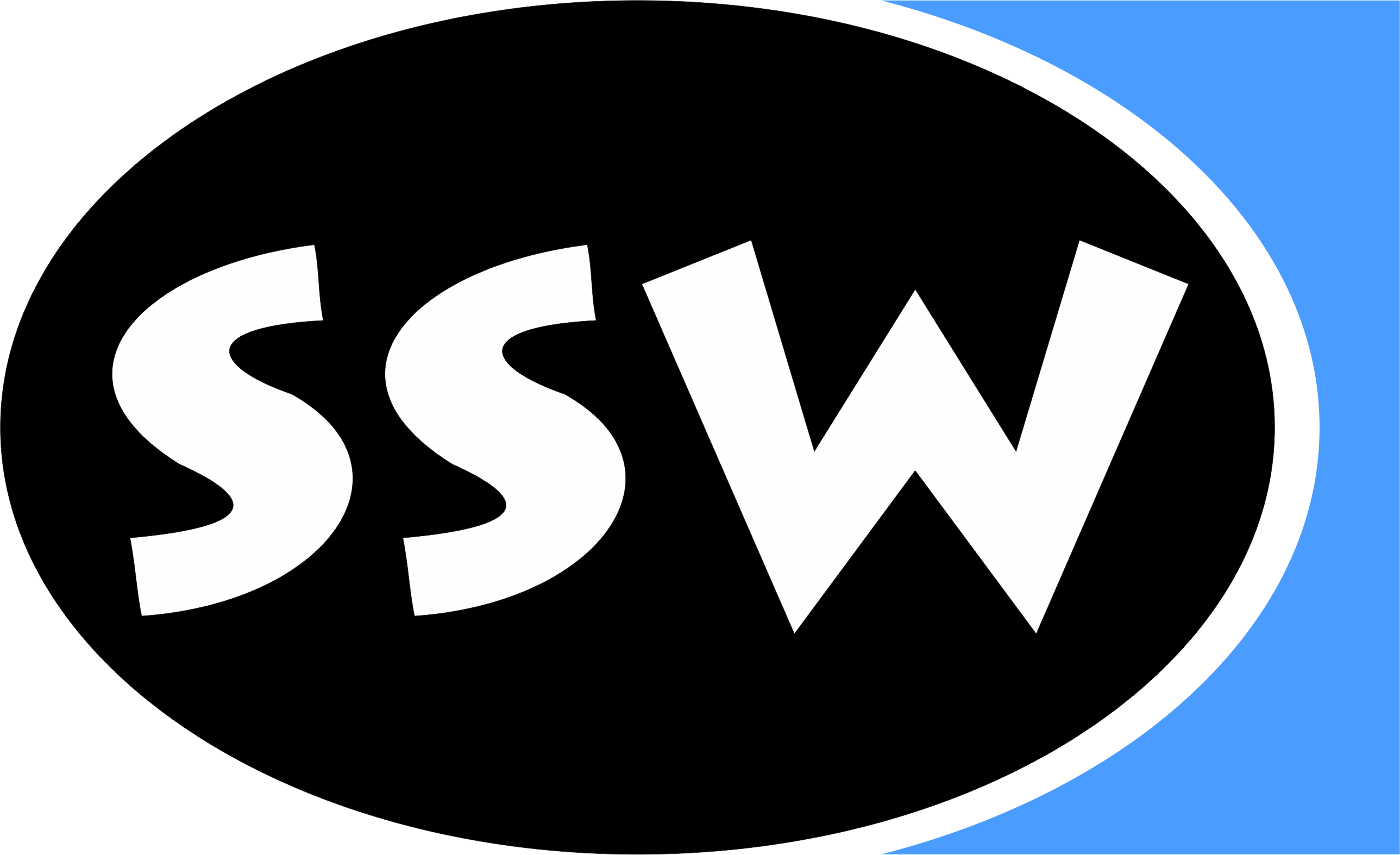



|
Home General Staff Contact Partners Alumni Research Areas Projects Papers Books Reports Awards Teaching Lectures Exams B.Theses M.Theses PhD Theses Go Abroad Misc Talks Library Gallery Links Search Webmaster |
Oberon-D = Object-Oriented System + Object-Oriented DatabaseMarkus Knasmüller AbstractObject-orientation was invented twice: once by the programming languages people and once by the database people. The two camps are usually separated, in spite of the many commonalities in their goals and approaches. Programming languages deal with transient objects in main memory. They are concerned with data abstraction, inheritance and polymorphic operations, while persistent storage of objects is often ignored or poorly supported. Databases, on the other hand, deal with persistent objects on a disk. They are mainly concerned with modeling complex relations between objects as well as with efficient access methods and query languages. The separation is also evident in the use of different languages: Smalltalk, C++ or Java on the one hand, and mostly OQL on the other hand. Although it is usually possible to access a database from a program, the notations and access mechanisms differ from the techniques used for transient objects. This project aims at unifying the two worlds. A database is viewed as a set of objects that happen to be persistent but are otherwise accessed and manipulated just like any other object in main memory. The idea is to view the database as a virtual extension of the computer's memory. All objects - transient or persistent - are referenced via pointers. The run time system makes sure that persistent objects are loaded from disk when they are needed and stored to disk when they are not used any more. For the programmer, there is no difference between transient and persistent objects. They are declared, generated and used in exactly the same way. In a radical view, there seems to be no database at all because it is maintained automatically behind the scenes. Paper at the ECOOP 98 Poster Session, Brussels, July 1998 Published in Lecture Notes in Computer Science 1543 (p. 559), Springer-Verlag,1998. You can download the paper in postscript or in compressed postscript. |